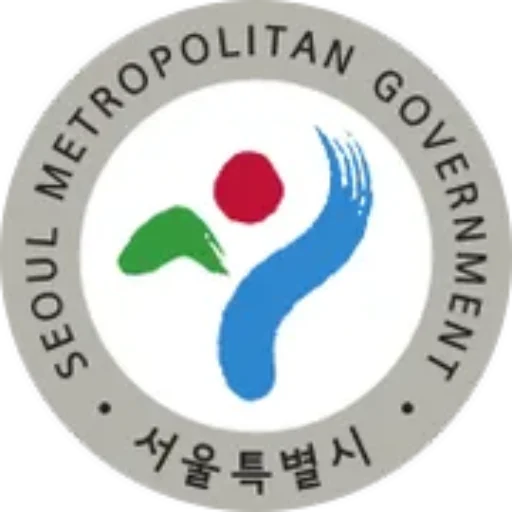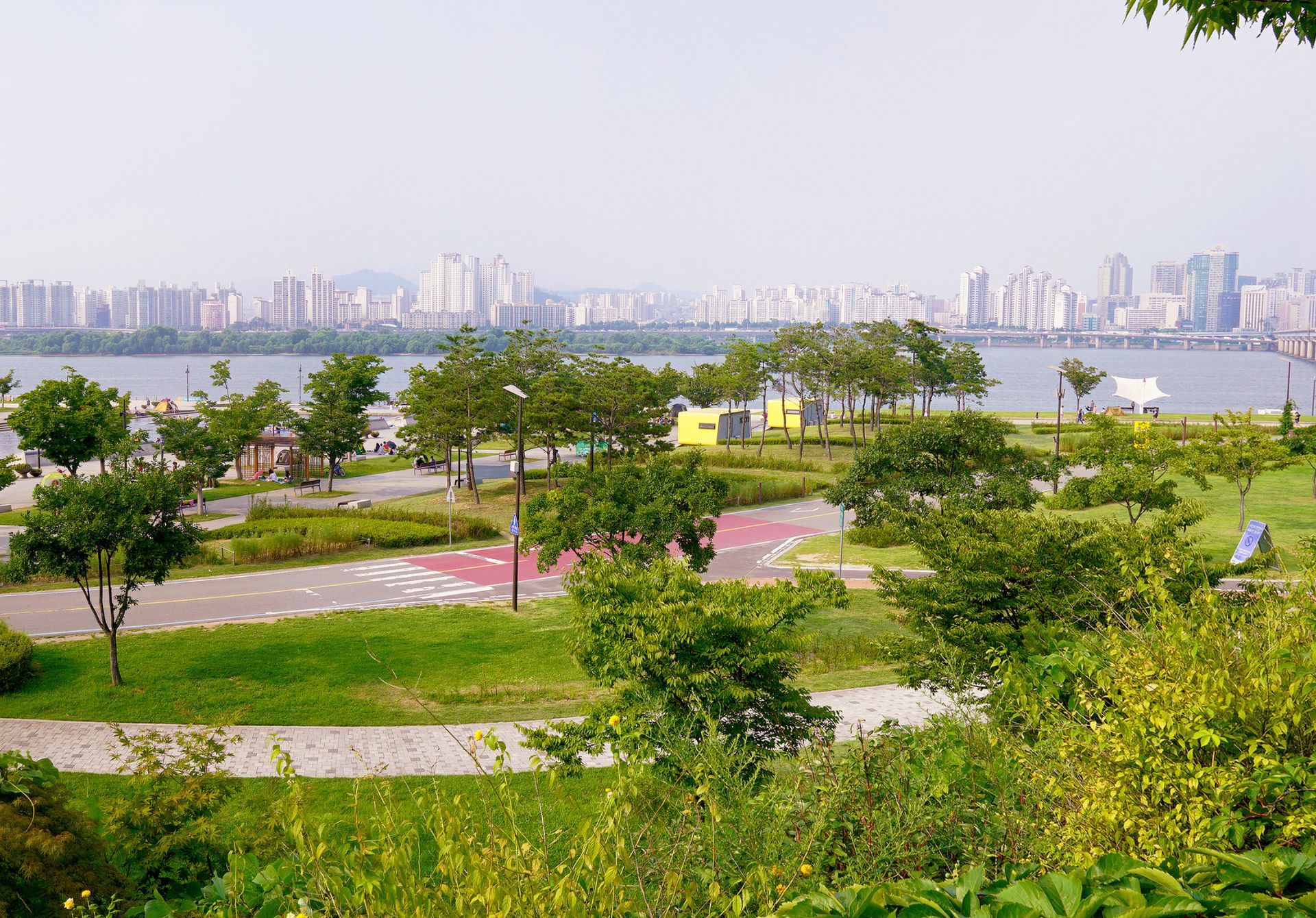The Han River, or Hangang in Korean, has been the lifeblood of Seoul for centuries. In recent decades, the city has transformed its riverbanks into a sprawling network of parks, creating a green haven in the heart of one of Asia’s most bustling metropolises. This article explores the Han River Parks, their history, features, and significance to Seoul’s urban landscape and its residents.
A Brief History
The Han River has played a crucial role in Seoul’s development since the city became Korea’s capital in 1394. However, it wasn’t until the late 20th century that the river’s potential as a public space was fully realized. The transformation began in the 1980s as part of Seoul’s preparation for the 1988 Summer Olympics. The city government initiated ambitious projects to clean up the river and develop its banks into recreational areas.
Key Milestones:
- 1986: Yeouido Hangang Park opens, marking the beginning of the Han River Park system
- 2007: Seoul launches the Han River Renaissance Project to further develop and connect the parks
- 2009: Completion of major renovations, including the addition of new facilities and landscaping
The Parks Today
Today, the Han River Parks system spans over 41 square kilometers, comprising 12 major parks along a 41-kilometer stretch of the river. Each park has its own unique character and attractions, catering to diverse interests and activities.
Notable Parks:
- Yeouido Hangang Park: Known for its cherry blossoms and popular events
- Banpo Hangang Park: Home to the famous Banpo Bridge Rainbow Fountain
- Ttukseom Hangang Park: Features water sports facilities and an artificial beach
- Nanji Hangang Park: Offers camping facilities and eco-friendly attractions
Activities and Attractions
The Han River Parks offer a wide array of activities for visitors of all ages and interests. From leisurely strolls to adrenaline-pumping water sports, there’s something for everyone.
Popular Activities:
- Cycling: Over 80 kilometers of dedicated bike paths along the river
- Water Sports: Kayaking, windsurfing, and water skiing available at several locations
- Picnicking: Ample green spaces for enjoying outdoor meals
- River Cruises: Scenic boat tours offering unique views of Seoul’s skyline
- Cultural Events: Regular concerts, festivals, and art installations
One of the most iconic attractions is the Banpo Bridge Rainbow Fountain. Recognized by Guinness World Records as the world’s longest bridge fountain, it puts on spectacular water shows set to music during summer evenings, drawing thousands of spectators.
Environmental Impact
The development of the Han River Parks has had a significant positive impact on Seoul’s environment. The parks serve as important green lungs for the city, helping to mitigate the urban heat island effect and improve air quality. They also play a crucial role in flood control and provide habitats for various plant and animal species.
Key Environmental Benefits:
- Biodiversity: The parks support over 120 bird species and numerous aquatic organisms
- Carbon Sequestration: Trees and plants in the parks absorb an estimated 35,000 tons of CO2 annually
- Water Quality: Ongoing efforts have significantly improved the river’s water quality since the 1980s
Social and Cultural Significance
Beyond their recreational and environmental value, the Han River Parks hold immense social and cultural significance for Seoul’s residents. They serve as democratic spaces where people from all walks of life can come together, fostering a sense of community and shared identity.
The parks have become integral to Seoul’s urban culture, featuring prominently in Korean dramas, music videos, and social media. They offer a respite from the fast-paced urban lifestyle and provide spaces for relaxation, exercise, and social interaction.
Future Developments
Seoul continues to invest in the Han River Parks, with plans for further improvements and expansions. The city aims to enhance connectivity between the parks and surrounding neighborhoods, develop more cultural facilities, and implement additional eco-friendly initiatives.
Upcoming Projects:
- Floating Islands: Construction of additional artificial islands for recreational use
- Improved Access: New pedestrian bridges and public transportation links
- Smart Park Systems: Implementation of IoT technologies for better park management and user experience
The Han River Parks stand as a testament to Seoul’s commitment to urban regeneration and sustainable development. They have transformed the city’s relationship with its river, creating a vibrant, multi-functional space that serves both people and nature. As Seoul continues to evolve, these parks will undoubtedly play an increasingly important role in shaping the city’s identity and improving the quality of life for its residents.
From their humble beginnings as part of Olympic preparations to their current status as one of Seoul’s most beloved features, the Han River Parks exemplify how urban planning can create spaces that are not only beautiful and enjoyable but also environmentally beneficial and socially inclusive. As cities worldwide grapple with the challenges of urbanization and climate change, Seoul’s Han River Parks offer an inspiring model of how rivers can be integrated into urban landscapes to create thriving, sustainable communities.

